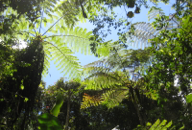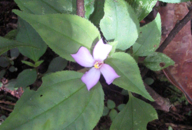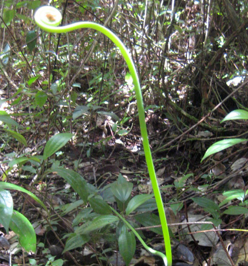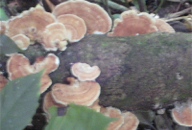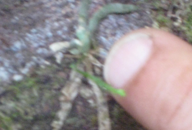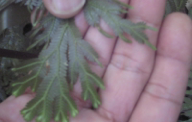jim thompson mystery trail
Cameron Highlands resort
titiwangsa mountain range
State of Perak, northwest peninsula,malaysia
February 19, 2009


jim thompson mystery trail
Cameron Highlands resort
titiwangsa mountain range
State of Perak, northwest peninsula,malaysia
February 19, 2009




The Cameron Highland Resorts offers a complimentary nature walk through a trail built and maintained by the resident naturalist, Sharmil. The trail’s name refers to Jim Thompson, the American Thai-silk “king” who revitalized the silk industry in Thailand. For relaxation and rejuvenation, Thompson spent time in the Cameron Highlands, staying at Moonlight Cottage and trekking through the verdant mountain jungles which surround the tea plantations. It was here, at 3 PM March 26, 1967, that he set for his mid-afternoon stroll through the jungle, never to be seen again. His mysterious disappearance and the dark mysteries of the indigenous wilderness inspired the name of this trail, originally a hunting trail of the Orang Asli people who also buried their dead on the mountains nearby. Henry and I thoroughly enjoyed the four hour trek, often pausing to learn more about the ecosystem of the forest, and to be taught about epiphytic plants such as ferns, as well as flowers, trees, fungi, mushrooms, bamboo, and rattan. Sharmil is a naturalist, a botanist, and an orchid specialist with manuscripts for three books in the works. Currently employed by the Cameron Highlands Hotel as the resident naturalist, his resumé includes a fascinating career working for the United Nations and the World Wildlife Fund as a surveyor of caves and jungles. He is also in the process of building a conservatory to serve as a study center and transfer point for many of the endangered species which thrive in this environment. He loaned us some of his handmade trekking poles to use, then shared with us his passion about and knowledge of the flora. We saw the variety of spore designs on the backs of ferns, and witnessed the unfurling of new fronds and leaves on plants. Sharmil taught us about orchids, pointing out many orchid plants growing on the ground or on trees. When the orchid plants were not in flower, he pulled out his digital camera to scroll to a library of photos he had taken to record the plants’ beauty when in bloom. This trek was a wonderful introduction to the Cameron Highlands and the importance of maintaining the delicate balance which nature has provided in the tropical jungle. When we stepped out of the dense canopy of foliage into the sunlight, the temperature soared, underscoring the cooling properties of the tropical plants and the thick peat bed over which we walked.
PHOTOS: Left Column: 1. Palm flower, also known as palm “betel”. 2. The stem of the rattan plant, a vine-like tree which uses these woody, eye-lash shaped thorns to work its way through the jungle foliage toward the light. These thorns help it gain the support of surrounding trees. 3. A pink four-petaled Sonarilla flower of the Malastomma plant. 4. Sharmil showing Jourdan the leaves of ribbon fern. 5. A cluster of woody lichens growing on a fallen tree branch. 6. The world’s smallest orchid. It grows on tree trunks, and produces a single tiny vanilla-colored flower. Center, Top: Sharmil showing us just one of the hundreds of varieties of ferns which grown in the Malaysian tropical jungles. Center, Middle: Indigenous banana trees which produce tiny “lady finger” bananas. Center, Bottom: A new leaf about to unfurl. Right Column: 1. An ant colony growth which was once on the branch of a tree. 2. A tubular flower known as the “Lipstick Flower”. 3. A group of small white flowers known as “jungle bells”. 4. An unusual siting of sky through the fronds of Fern Trees, the tallest ferns in this tropical jungle. 5. Sharmil showing us the pattern of spores on the back of the leaf of a leathery-type fern. 6. Sharmil showing us the small extension of the fern leaf, its reproductive growth, on the oldest known, prehistoric fern: the Salaginilla Fern.


Revealing the Mysteries of the Malaysian Jungle




